Course overview
Bloodstain pattern analysis requires a deep technical understanding of blood’s dynamics and how these dynamics help investigators determine what may have happened at a crime scene. This course helps prepare students to recognize types of bloodstain patterns and understand how to document and analyze those patterns properly. Students should expect to gain a better understanding of how to events at a crime scene lead to certain bloodstain patterns and how to properly approach scenes where blood is a key element.
It is recommended that students have completed a basic crime scene processing class and/or have some field experience prior to taking this course.
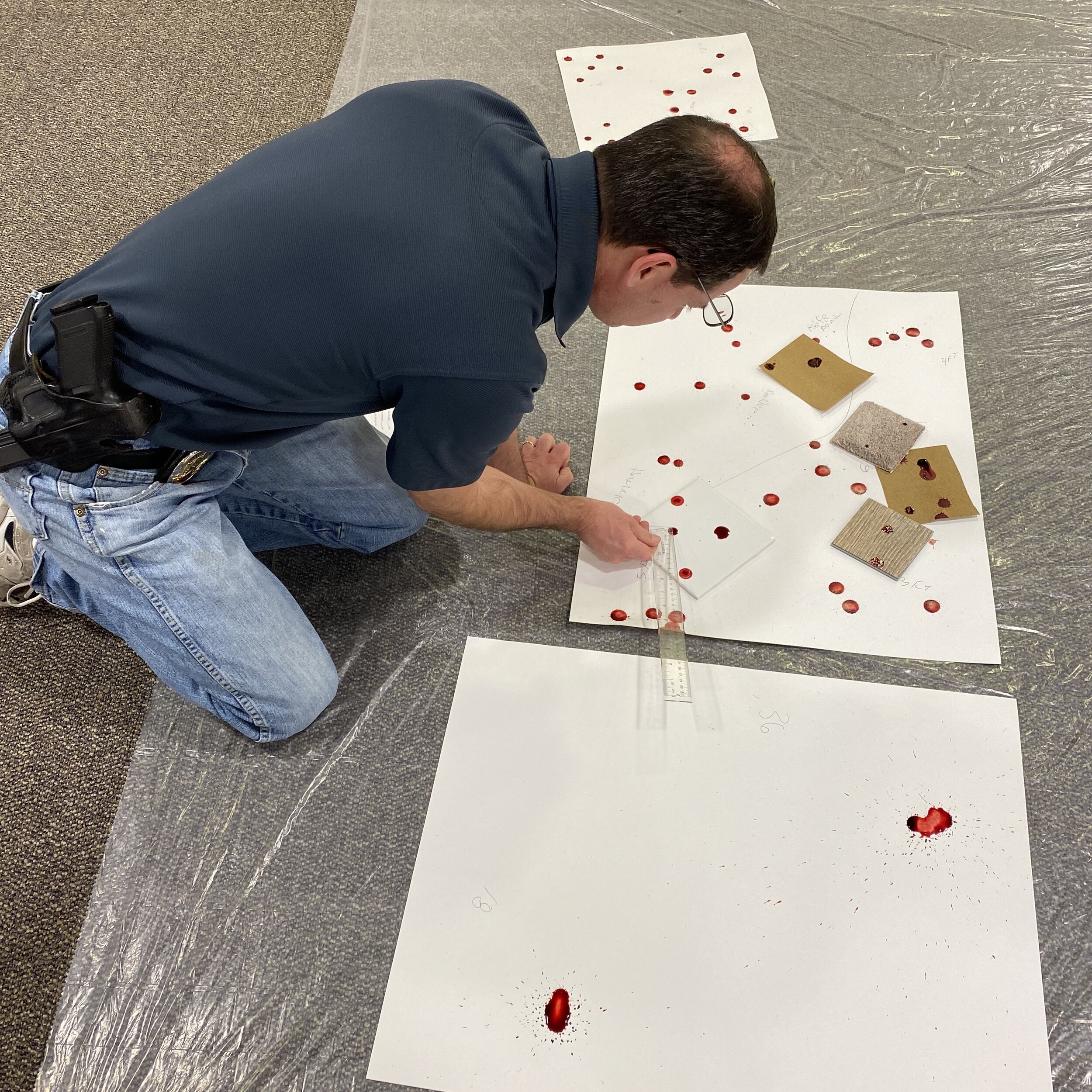
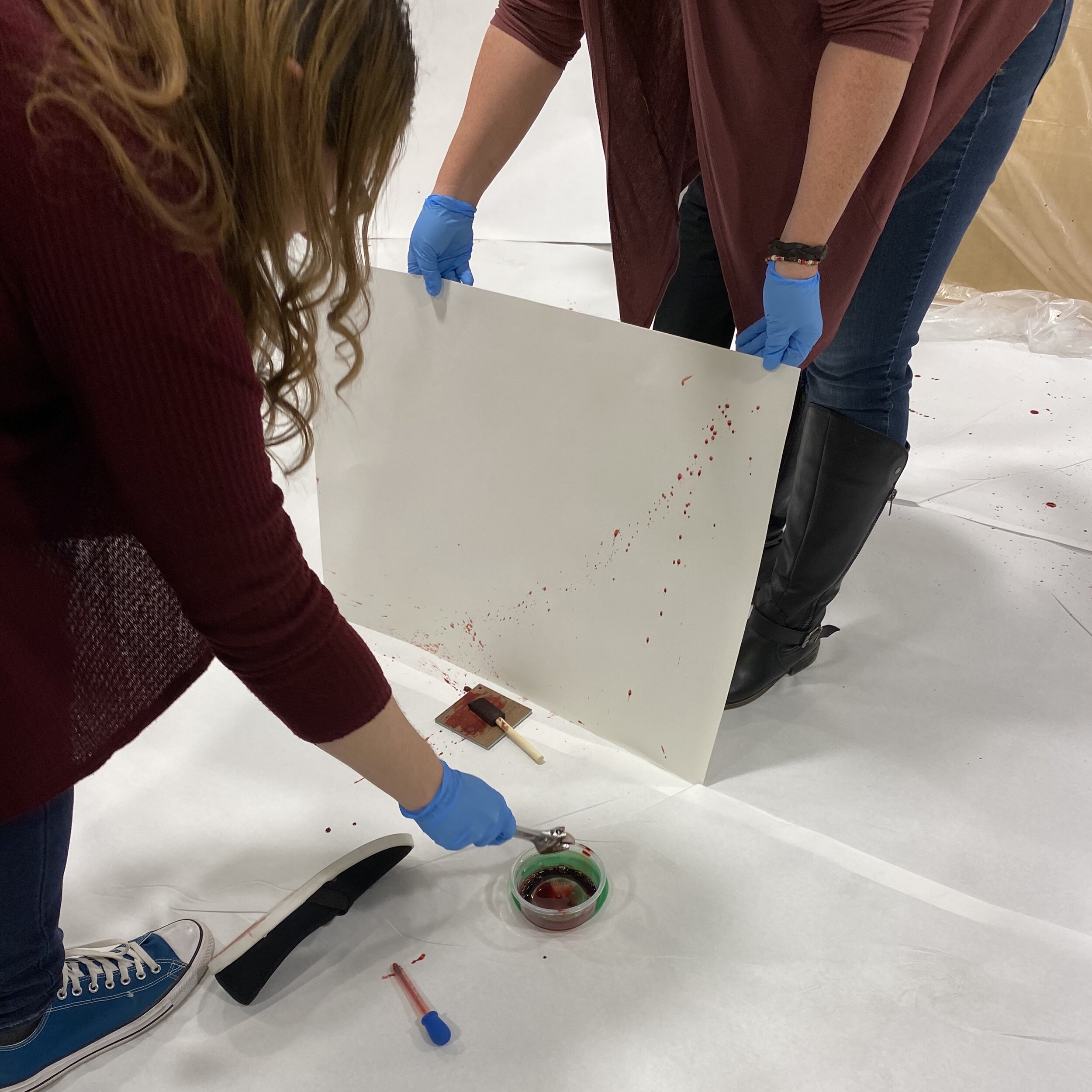
![56162055_2321869644768077_7891172919366123520_n[616].jpg](https://images.squarespace-cdn.com/content/v1/5adf780da9e02842f1f0c12e/1566444835638-3TPAG71VUKE4Y4C8RPTB/56162055_2321869644768077_7891172919366123520_n%5B616%5D.jpg)
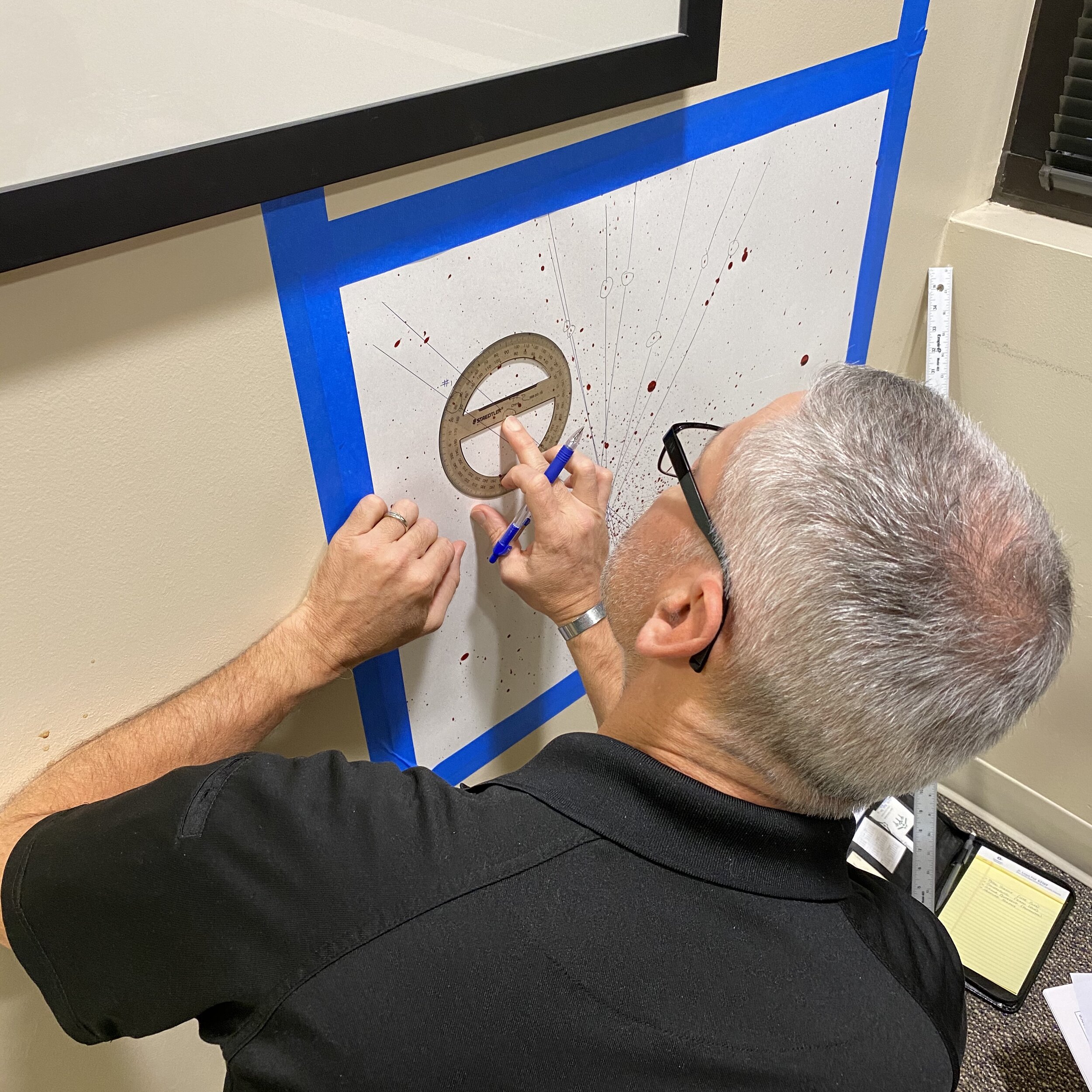
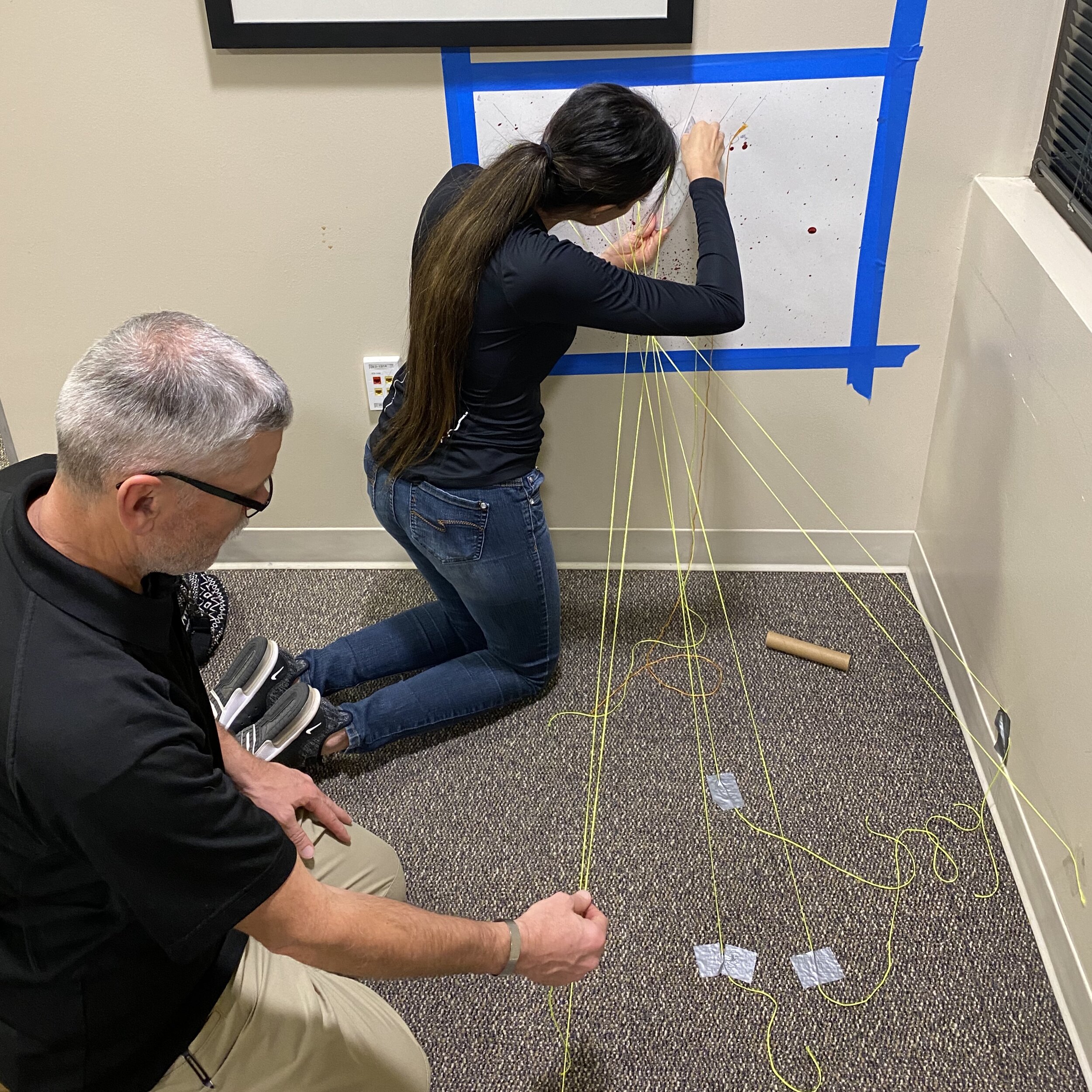

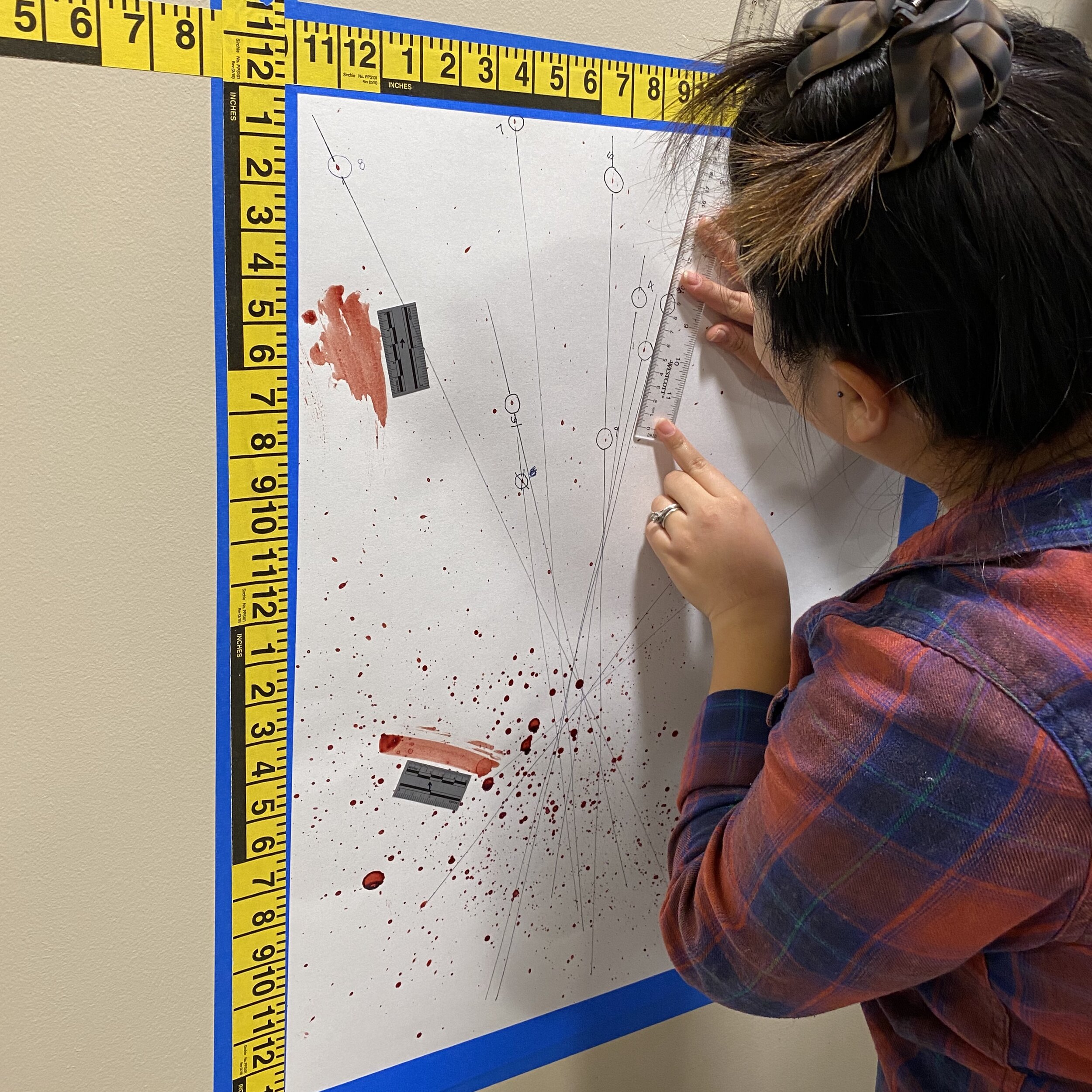
Day One.
Students can expect to begin class with a pre-test, then move in to learning the history of BPA and the key principles behind bloodstain pattern analysis.
History of Bloodstain Pattern Analysis
Basics of blood
Updated OSAC terminology
Health precautions and PPE
Falling height and drop size
Non-spatter recognition
Day Two.
Day two builds upon day one where students learn to recognize non-spatter stains and altered stains. Students then begin measuring stains and making calculations.
Taxonomy of non-spatter stains
Recognizing altered stains
Complex multiple pattern stains
Measuring bloodstains
Gamma angle determination
Area of convergence
Area of origin
Day Three.
Day three introduces students to the tangent method and proper photography of bloodstain patterns.
Trigonometry of patterns
Overall, mid-range and close-up photography
Scaling patterns and scaling stains
Day Four.
Day four teaches students how to properly search for and enhance bloodstains encountered at the crime scene. Students then learn how to approach bloodstains found on fabrics.
Blood searching vs. blood enhancements
Chemical enhancements & photography
Fabric characteristics
Bloodstains on fabric
Important evidentiary fabric stains
Day Five.
On the last day of class, students work in groups to analyze and discuss BPA case studies and work on a large scale final group practical. Students then present their findings to the class.
Course links
basic bloodstain pattern analysis course syllabus
course policies
Upcoming.
Click here to host this course!
If you have any questions about registration email us at info@forzaforensics.com
Course requirements.
Students will need to bring any camera equipment normally carried while on duty.
(Camera kit rental is available. Select option during registration)
Student are also encouraged to train with their own crime scene equipment since that is what they will use on a day to day basis. However, all forensic supplies needed to complete the practical exercises will be available (excludes camera kit).
IAI Approved.
This course is approved by the Crime Scene Certification Board of the International Association for Identification for 40 hours towards certification and re-certification credit.
IABPA APPROVED
This course is approved for credit by the International Association of Bloodstain Pattern Analysts.

![56162055_2321869644768077_7891172919366123520_n[616].jpg](https://images.squarespace-cdn.com/content/v1/5adf780da9e02842f1f0c12e/1566444875579-XJAGS1KC1FZ1TAI4LX6M/56162055_2321869644768077_7891172919366123520_n%5B616%5D.jpg)